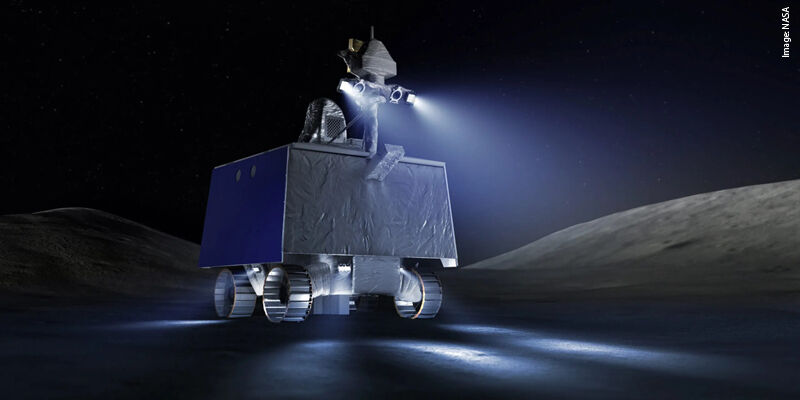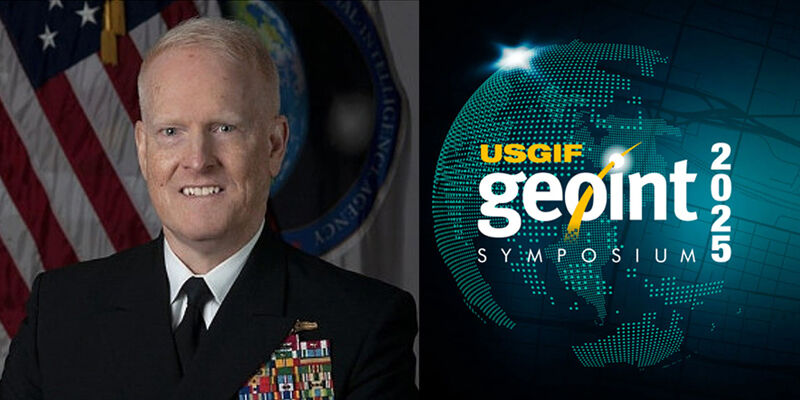A team of researchers in Lithuania has demonstrated that UAVs are well-suited for cost-efficient photogrammetric modelling of the country’s road surfaces. Using a series of test flights covering a 3km section of road near Vilnius, the team analysed flight performance and image quality as well as post-processing techniques.
Led by Birutẻ Ruzgienẻ of the Vilnius Gediminas Technical University, the team developed a rigorous sequence of flights, computations and analyses to evaluate the performance of UAVs. They selected road modelling as a test application for several reasons. Roads play a central role in human activities and must be efficiently managed and maintained. Maintenance efforts require detailed information about the nature and location of damage, wear and deformation. But collecting this data on the ground can be slow and require interruption of vehicle traffic. By using aerial images to create orthomosiacs and 3D models, engineers can visualise and inspect road conditions in a safe, controlled environment.
Aerial imagery for roadway modelling presents two primary concerns. First, the imagery must provide sufficient resolution to capture features such as potholes and small sections of damaged pavement. Potholes just a few centimetres across can inflict damage on passing vehicles and need to be repaired quickly. The second concern is the cost and timeliness of manned aerial photography in road inspection. Long lead times often associated with manned aircraft can cause unwanted delays in finding and repairing road damage.
To conduct the test, Ruzgienẻ and his team selected a Trimble UX5 UAV. The fixed-wing aircraft has a wingspan of 1.0m and weighs roughly 2.5kg. It can fly at a cruise speed of 80km/h, with a range of 60km and maximum altitude of 750m above ground level (AGL). A Sony NEX-5R camera was mounted to the aircraft to capture high-resolution images.
Using Trimble Access software running on a Trimble Slate controller, the team programmed the UAV to conduct two flights. Each flight captured seven strips of photos along the highway using specified longitudinal and side overlap for the images. In order to meet required precision, they instructed the aircraft to fly at roughly 75m AGL, which produced a ground sample distance (GSD) of 3cm. Once launched, the autonomous UAV completed each mission and returned to a pre-defined landing site. While still in the field, the team downloaded and reviewed the images, enabling them to confirm that their data was complete before leaving the site.
Before the flights, the team identified 42 ground control points (GCPs) to be visible in the photos. The points’ positions were measured using a Trimble R4 GNSS receiver. A project of this size traditionally requires roughly five GCPs; the additional control was needed to provide the highest-quality mapping. Additional points were identified and coordinated using the Trimble R4. These points were not included in adjustment computations and would be used later for quality analysis.
Results
The team used the Trimble Business Center Photogrammetry Module software for all image processing. The software produced digital orthophotos and a digital surface model. In order to investigate the quality of results, only 17 GCPs were used in image rectification to produce the georeferenced orthophotos. The remaining 25 points were compared with values derived from the UAS imagery, with excellent results.
“The residuals in x and y at every checkpoint did not exceed one half of the image pixel size – 0.036mm and 13mm on the ground,” Ruzgienẻ says.
The team identified an additional 68 unambiguous points in the images. The points were surveyed using GNSS and the results compared to coordinates derived from photogrammetry. Again, the results were excellent. The average root mean square coordinate difference was 2.66cm in horizontal position and 3.23cm in height.
Finally, the UAV results were compared with project data from a road bypass project visible in the images. The team overlaid the bypass onto an orthophoto and evaluated the relative accuracy. The maximum discrepancy between identified features was just 5cm.
Costs
Ruzgienẻ’s team also evaluated the costs of producing the aerial images. There are a number of variables to consider, including overhead, size and complexity of a project as well as specified deliverables. A major factor of project cost is the required level of accuracy, which affects flying height, number of images, ground control and ground sample distance. Automated image processing handles much of the computations, freeing technicians for other work. Overall, the use of UAV offered significant savings over manned aircraft.
The project showed that a UAV such as the Trimble UX5 can produce data with accuracy and precision suitable for modelling road surfaces in Lithuania. “It enables users to collect data needed for road surface positioning more quickly, efficiently and safely,” Ruzgienẻ says. “The road data are saved as digital images, therefore re-measurements are possible whenever it is necessary.”
John Stenmark is a writer and consultant in the geospatial industry
Subscribe to our newsletter
Stay updated on the latest technology, innovation product arrivals and exciting offers to your inbox.
Newsletter

